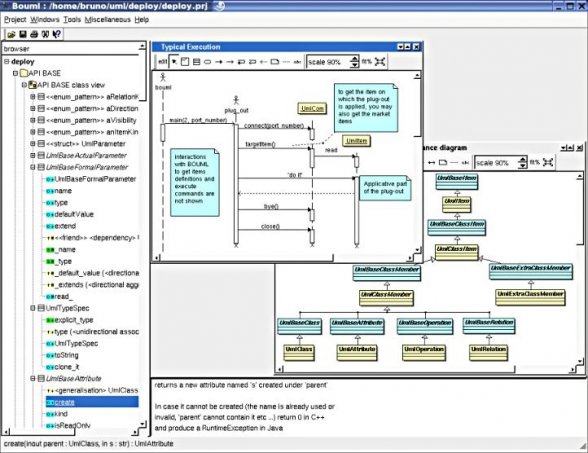

- DEPLOY HASKELL FOR WINDOWS ON MAC CODE
- DEPLOY HASKELL FOR WINDOWS ON MAC DOWNLOAD
- DEPLOY HASKELL FOR WINDOWS ON MAC FREE
Insert the SD card into your Raspberry Pi 3 and connect the ethernet cable if necessary. You can also disable the auto-ejecting or validation steps from the Etcher settings panel. Note: You can burn several SD cards with the same image file, and all the devices will boot and provision into your fleet. You'll receive a notification when it completes, and Etcher will safely eject the SD card for you.

This can take roughly 3 or more minutes, depending on the quality of your SD card. If you have more than one SD card inserted, you will need to select the appropriate one.Įtcher will prepare a bootable SD card and validate that it was flashed correctly.
DEPLOY HASKELL FOR WINDOWS ON MAC DOWNLOAD
When the download completes, you should have a zipped image file with a name like balena-First-Fleet-2.47.1+rev1-v10.6.27.img.zip, where First-Fleet is the name you gave your fleet on the dashboard.Īlternatively, by clicking on the toggle section of the download button, you also have the option to download just a configuration file ( config.json) rather than an entire image.

Once you have finished your image configuration, click the Download balenaOS button. Selecting Wifi + Ethernet allows you to enter a Wifi SSID and Wifi Passphrase:Ĭlicking Advanced presents the option to select the rate at which your device checks for updates: More details on the differences between Development and Production images are detailed here.Ī toggle is also used to select whether your network connection will be through Ethernet Only or with the option for Wifi + Ethernet. For production use, be sure to switch to a Production image. Note: When you're getting started, a Development image is the most useful, as it permits many testing and troubleshooting features. You can also select whether to use a Development or Production edition with the respective toggle: In general, you should use the most recent version available. Fleets can, however, support any devices that share the same architecture, so you can choose another device type if needed.Īfter selecting a device type, select an OS type of balenaOS, and you will see a list of available balenaOS versions. By default, the device type you chose when you first created the fleet will be selected. Start by clicking Add device in your fleet dashboard:įor most fleets, you will have the option to select a device type. To connect with balenaCloud, your Raspberry Pi 3 needs a balenaOS image configured for your device type, fleet, and network.
DEPLOY HASKELL FOR WINDOWS ON MAC FREE
The Starter fleets are full-featured and free for all users, with a limit of up to 10 total devices across all Starter fleets.Īfter the fleet has been created, you will be redirected to the dashboard for the newly created fleet, where you can add your first Raspberry Pi 3. Note: To create a fleet with multiple containers, you'll want to use the Starter or Microservices fleet type. Select the Raspberry Pi 3 device type, choose a fleet type, enter a name, and click Create new fleet: To create your first fleet, log into your balenaCloud dashboard and click the Create fleet button. When you provision a device, it is added to a specific fleet, but can be migrated to another fleet at any time. Create a fleetĪ fleet is a group of devices that share the same architecture and run the same code. If you don't already have a balena account, make sure to sign up before continuing. The speed class of the card also matters - class 10 card or above is the way to go. See our supported devices list for other boards. Once you complete these steps, your Raspberry Pi 3 will download the container image, start your application, and begin sending logs to your balena dashboard! What you will need Pushing your Haskell project to the balena image builder, which pulls in all necessary dependencies and creates the container image for your fleet.Setting up your Raspberry Pi 3 with balenaOS, the host OS that manages communication with balenaCloud and runs the core device operations.
DEPLOY HASKELL FOR WINDOWS ON MAC CODE
At its most basic, the process for deploying code to a Raspberry Pi 3 consists of two major steps: In this guide, we will build a simple Haskell web server project on a Raspberry Pi 3.

Get started with and Get started with Raspberry Pi 3 and Haskell Introduction


 0 kommentar(er)
0 kommentar(er)
